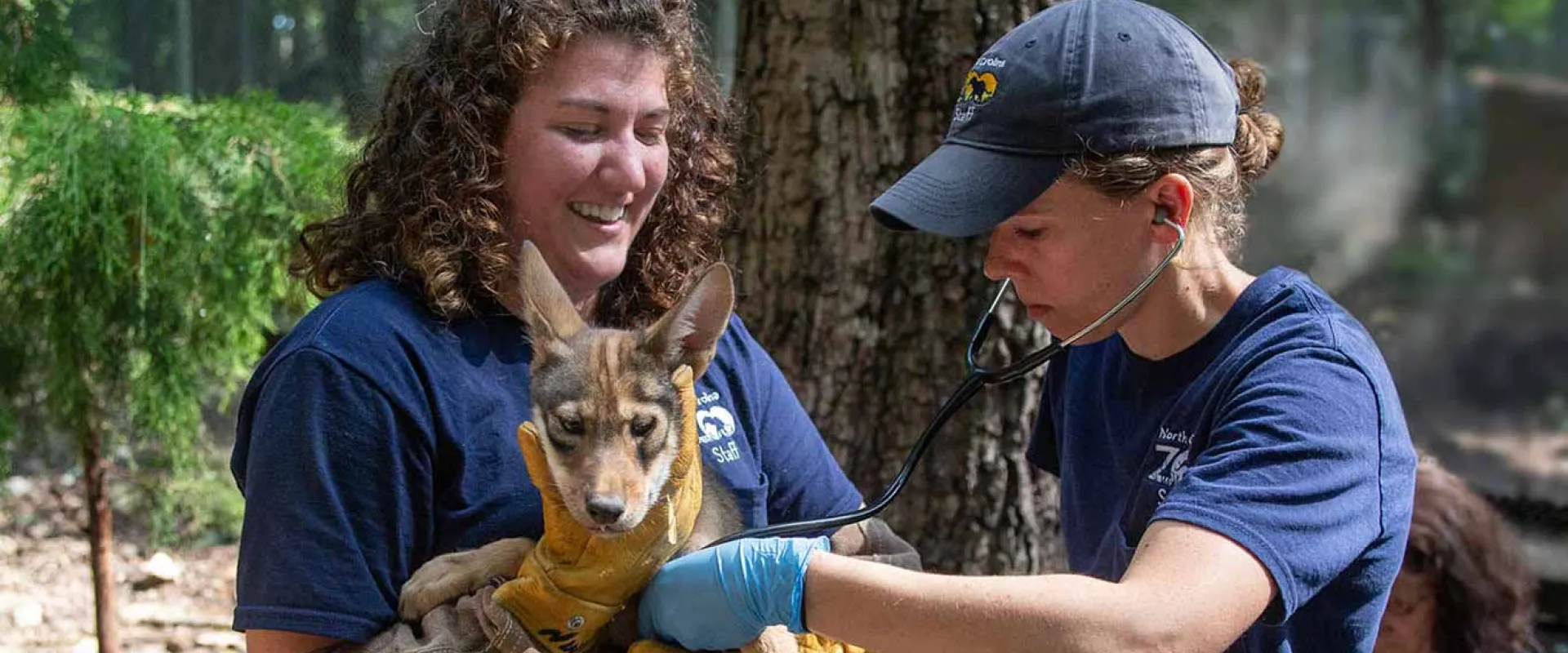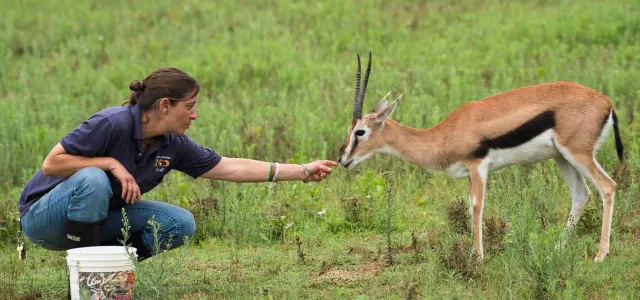The veterinary staff at the North Carolina Zoo uses a Vet Rocket X1 system—the perfect apparatus to meet the needs of animals scattered over more than 500 acres. The Vet Rocket can go wherever the vet needs to go. It is battery-powered ultra-light weight, making it highly portable. And, wherever a radiograph is taken, it instantly pops up on a monitor as a crisp, high-quality image that can be read on the spot.
The machine is so portable, and its images are so clear that it has changed the way the veterinary team examines many of the animals. Instead of waiting for the animals to be brought to the hospital, the equipment is taken to them. Because the animals stay in familiar surroundings, they experience less stress and spend less time under anesthesia since there is not as much moving around required.
The North Carolina Zoo veterinary staff has to care for some super-sized patients —elephants, giraffes, and rhinos—creatures way too large to squeeze into the vet hospital for an x-ray. We lined up C’sar, the Zoo’s 46-year-old bull African Elephant to get some radiograph images of his feet. Responding to the behavioral training clues he practices daily with his caretakers, C’sar positioned his feet for these radiographs. The images were amazing, and his cooperative attitude was exemplary.
Anyone with a 10-year-old digital camera understands how much digital photography has improved over the past decade. Well, the same advancements have affected digital radiograph equipment. The imaging upgrades in the software for our system allows the veterinary team to get better diagnostic images from some of our smallest patients (dart frogs, small lizards, turtles, and birds) as well as from the big ones (zebra, polar bears, elephants).

